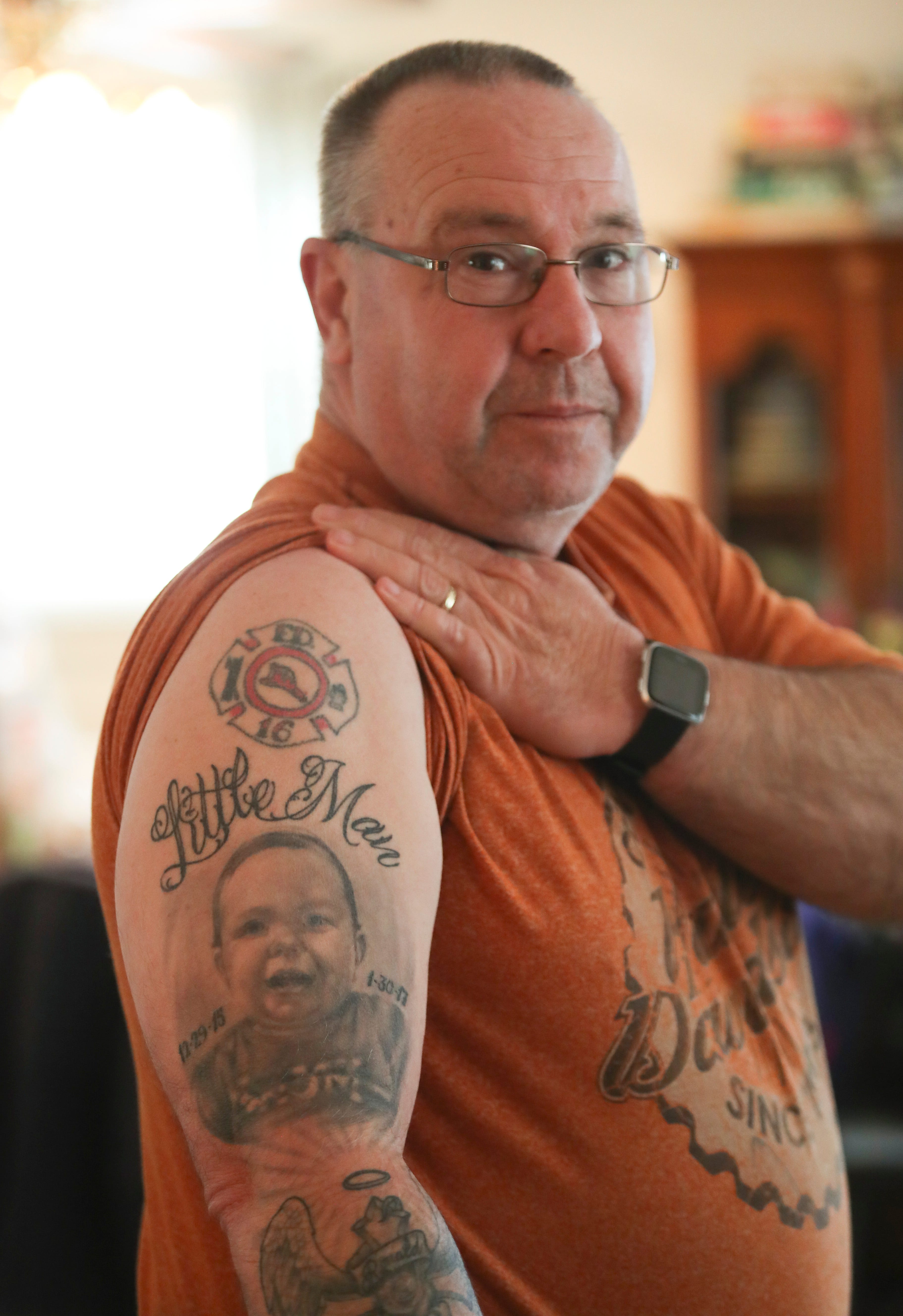

Lorazepam is the second most-prescribed hospice medication. Commonly available under the brand name Ativan or Lorazepam Intensol, it comes in either a tablet or liquid and is taken by mouth. Lorazepam (lore-AY-zuh-pam) reduces anxiety, agitation, shortness of breath, and insomnia. Read Samaritan’s Hospice Eligibility Criteria to learn about who qualifies for hospice care, our admission process, and other details. Looking for more information about hospice? If dexamethasone is stopped abruptly, the patient can have serious reactions including loss of appetite, upset stomach, vomiting, drowsiness, confusion, headache, fever, joint and muscle pain, peeling skin, and weight loss. Talk to your doctor before stopping the drug, which should be decreased gradually. Other reactions can include upset stomach, vomiting, headache, dizziness, insomnia, restlessness, depression, anxiety, and easy bruising.
#DOES MORPHINE HASTEN DEATH SKIN#
Serious side effects of this common hospice medication can include skin rash swollen face, lower legs, or ankles vision problems a long-lasting cold or infection muscle weakness and black or tarry stool. Your doctor may also instruct you to follow a special diet while taking dexamethasone. Dexamethasone is similar to a hormone the body naturally produces, and can replace this chemical when the body doesn’t make enough.ĭexamethasone is taken by mouth in either pill or liquid form, and should be taken with milk or food to avoid stomach upset. It’s also used to treat certain forms of arthritis skin, blood, kidney, eye, thyroid, and intestinal disorders (such a colitis) severe allergies, asthma, and certain cancers. For hospice patients, it can relieve pain, reduce swelling, increase appetite and relieve nausea. Brand names include Decadron, Dexamethasone Intensol, and Dexpak Taperpak.

To protect young children from poisoning, keep all medications out of their sight and reach, and always lock safety caps immediately.īe aware of items that are not child-resistant - such as weekly pill minders, eye drops, creams, patches, and inhalers - as little ones can easily open them.ĭexamethasone (DEX-uh-METH-uh-sone) is a steroid used for multiple purposes.

Common Hospice Medications: Prescription NeededĪvoid a Tragedy: Store Your Medication Safely If you experience rectal bleeding – a more serious side effect – call your doctor right away. If any of these symptoms are severe or don’t go away, notify your doctor. Side effects can include stomach cramps or discomfort, and faintness. It should not be taken within an hour after consuming dairy products or antacids. The medication should not be taken more than once a day or for more than a week without talking to your doctor. It normally takes effect in 6 to 12 hours, so it is often given the night before a bowel movement is desired. Brand names of this laxative include Carter’s Little Pills, Correctol, Dulcolax, Feen-A-Mint, and Fleet Bisacodyl.īisacodyl stimulates the intestines to cause a bowel movement. These include warfarin (Coumadin), isoniazid (Laniazid, Nydrazid), diflunisal (Dolobid), carbamazepine (Tegretol), phenobarbital (Luminal), and phenytoin (Dilantin).īisacodyl (biz-AK -oh -dill) is used to treat constipation, an uncomfortable condition that’s common among hospice patients as they eat and drink less over time, and take other hospice medications. Acetaminophen should not be taken with certain drugs, which could cause dangerous interactions. Side effects are rare, but serious reactions can include nausea, pain in the upper stomach, itchiness, loss of appetite, dark urine, clay-colored stools, or jaundice (yellowing of the skin or eyes). Acetaminophen can be taken in a pill by mouth, or via a rectal suppository. Known by the brand name Tylenol, it is used to reduce fever and mild to moderate pain. Common Hospice Medications: Over-the-CounterĪcetaminophen (pronounced uh- SEE- tuh – MIN – uh – fin) is the most-prescribed hospice medication.
#DOES MORPHINE HASTEN DEATH HOW TO#
This article will review the most common hospice medications, how they help patients, and how to reduce any risks from the drugs. However, patients and families don’t always understand why a medicine has been prescribed, and may have concerns about certain drugs. Easing these discomforts enhances patients’ well-being, enabling them to make the most of their remaining time. Medication can also be a vital part of hospice care, helping to relieve common end-of-life symptoms such as pain, shortness of breath, anxiety and nausea, among others. Hospice organizations do this through a wide range of services – from nursing care to social work, caregiver training to companionship, spiritual support to therapeutic massage. The main goal of hospice care is to increase patients’ comfort and enhance their quality of life.


 0 kommentar(er)
0 kommentar(er)
